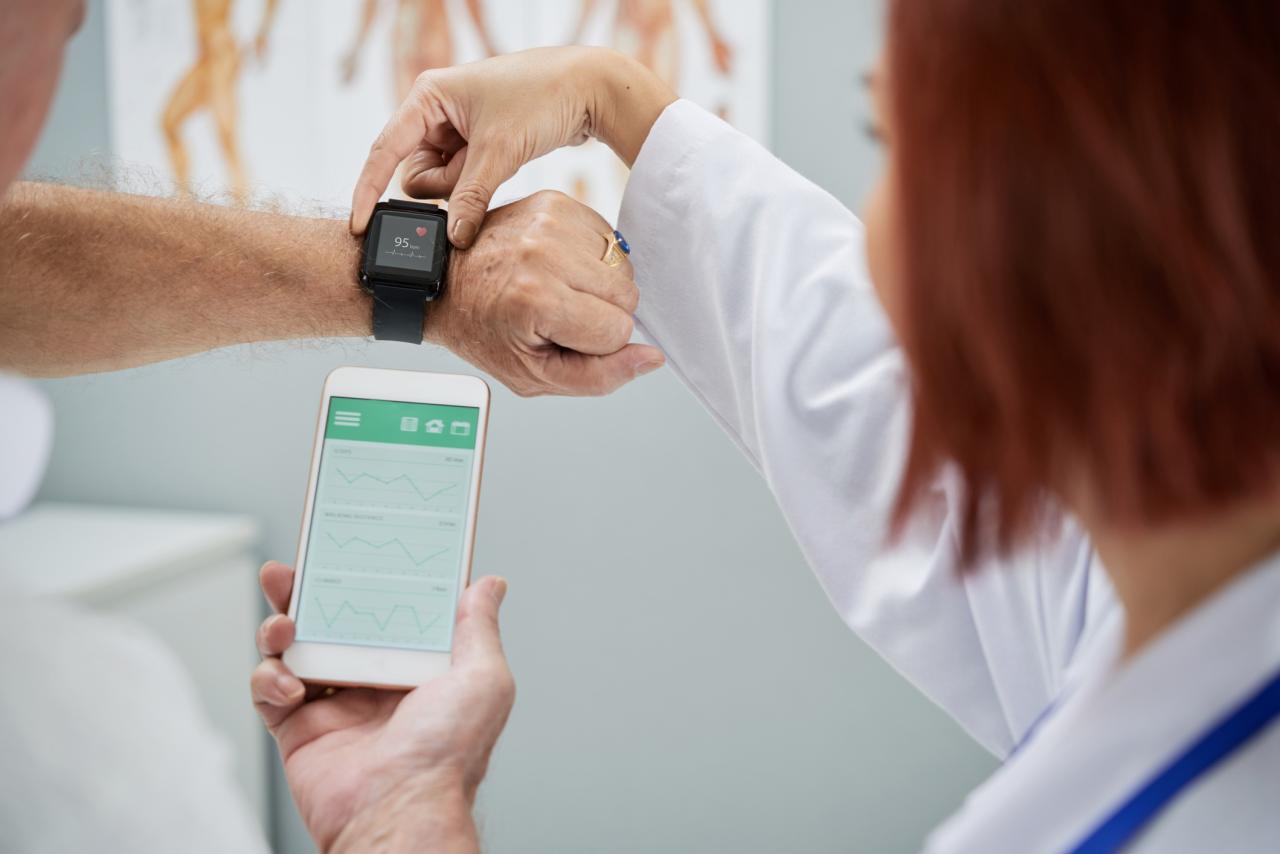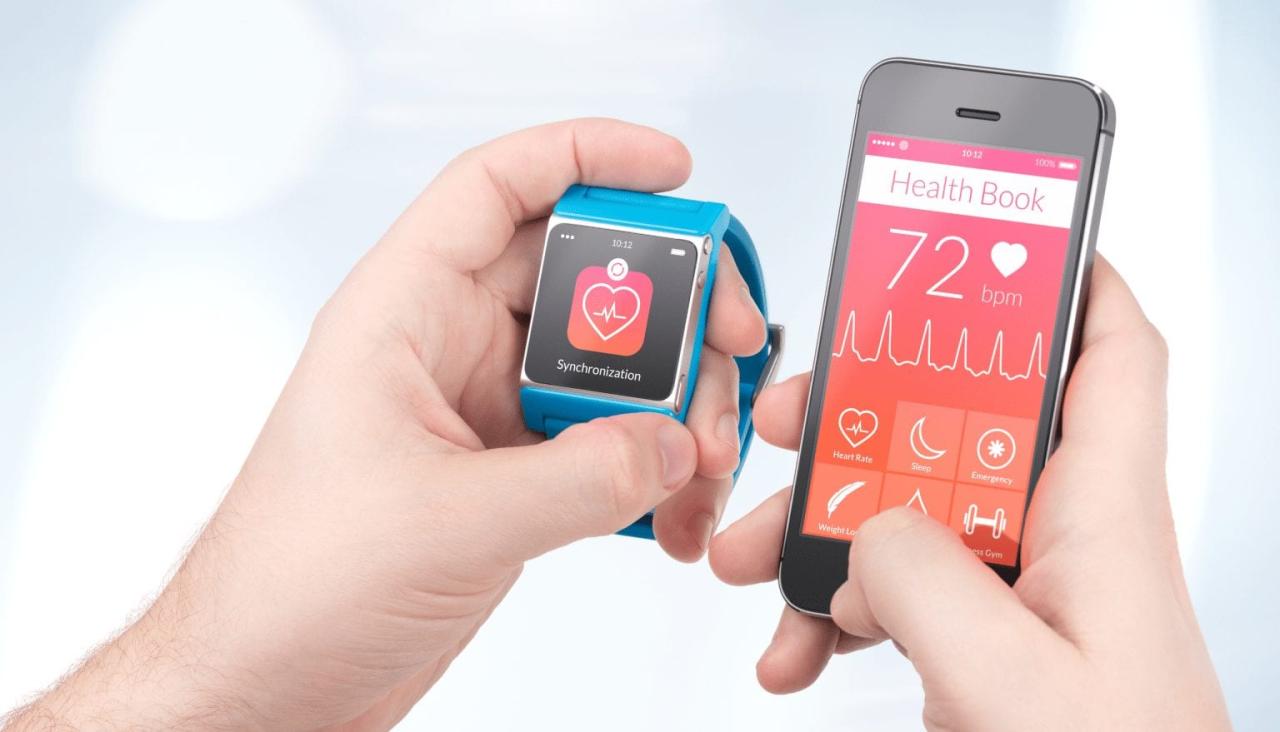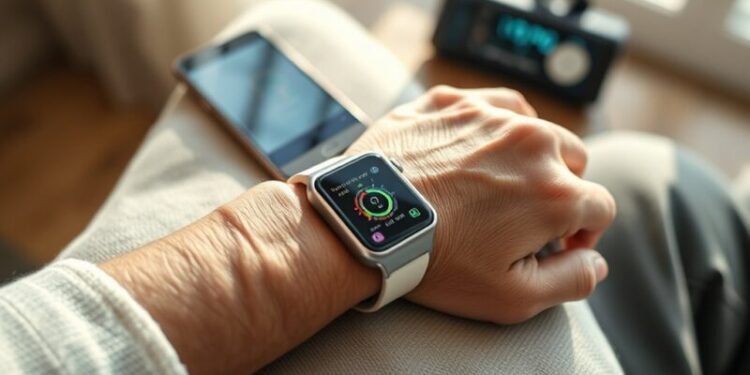In our increasingly fast-paced and high-stress world, the conversation around mental wellness has moved from the periphery to the forefront of public consciousness. People are actively seeking tools and strategies to manage stress, improve sleep, and foster a greater sense of well-being. At the same time, the rise of wearable technology, such as smartwatches and fitness trackers, has provided a new and powerful way to monitor our physical health. Now, these two worlds are converging. Wearable tech is no longer just for tracking steps and heart rate; it’s becoming an indispensable tool for monitoring, understanding, and improving our mental health. This comprehensive article will explore the groundbreaking ways wearable technology is being used to support mental wellness, the underlying data and science, and the exciting possibilities that lie ahead for a more data-driven and personalized approach to mental care.
The Data Revolution in Mental Wellness

The biggest challenge in understanding and managing mental health has always been its subjective nature. A person’s state of mind is difficult to quantify, making it hard to track changes, identify triggers, and measure the effectiveness of interventions. Wearable technology is changing this by providing a steady stream of objective, physiological data. By continuously monitoring our bodies, these devices can offer a window into our mental state, often providing insights that we might not be consciously aware of.
A. Heart Rate Variability (HRV): This is one of the most powerful metrics for understanding mental and physical stress. HRV measures the variation in time between each heartbeat. A high HRV is generally associated with a well-regulated nervous system, resilience to stress, and a state of relaxation. A low HRV, on the other hand, can be a sign of chronic stress, poor sleep, or impending illness. Wearable devices can track HRV throughout the day and night, providing a clear, objective measure of your body’s stress response.
B. Sleep Tracking: Sleep is intrinsically linked to mental health. Poor sleep can exacerbate anxiety and depression, while good sleep is essential for cognitive function and emotional regulation. Wearables can track the different stages of sleep (light, deep, and REM), measure sleep duration, and monitor disruptions. This data can help users identify patterns, understand the impact of their daily activities on their sleep quality, and make informed changes to their sleep hygiene.
C. Stress and Cortisol Monitoring: Some advanced wearables are now incorporating features to directly or indirectly monitor stress. They do this by tracking a combination of metrics like heart rate, skin temperature, and electrodermal activity (sweat levels). This data can be used to provide real-time alerts when stress levels are rising, prompting the user to take a moment to breathe, meditate, or simply step away from a stressful situation.
D. Physical Activity and Exercise: The link between physical activity and mental health is well-established. Exercise is a powerful tool for reducing anxiety, improving mood, and boosting self-esteem. Wearables that track steps, calories burned, and exercise duration can serve as a motivator and a tool for monitoring the positive impact of physical activity on one’s mental state.
E. Skin Temperature and Electrodermal Activity (EDA): Skin temperature can be an indicator of stress, as the body’s fight-or-flight response can cause a change in blood flow. EDA, which measures minute changes in sweat gland activity, is another powerful proxy for stress and emotional arousal. By tracking these metrics, wearables can provide a more holistic picture of a person’s physiological state.
Practical Applications and Interventions
The data collected by wearables is only half of the equation. The real value lies in how this data is used to provide actionable insights and support mental wellness. Wearable tech companies and app developers are creating innovative solutions that turn data into meaningful interventions.
A. Stress Management and Guided Breathing: Many wearables have built-in features that detect when a user’s heart rate is elevated or their HRV is low, signaling a state of stress. The device can then guide the user through a series of breathing exercises or mindfulness meditations. This provides an immediate, on-the-spot tool for calming the nervous system and re-centering oneself.
B. Sleep Hygiene and Coaching: By analyzing a user’s sleep data, wearables can provide personalized coaching and recommendations. For example, if a user’s sleep quality is consistently poor, the device might suggest a wind-down routine, advise them to avoid caffeine in the evening, or recommend a consistent bedtime. This data-driven approach takes the guesswork out of improving sleep.
C. Mood Tracking and Journaling: Some apps that integrate with wearables encourage users to log their mood and emotions throughout the day. By correlating this self-reported data with the physiological data from the wearable (e.g., HRV, heart rate), users can begin to identify patterns and triggers. They might discover that their stress levels consistently spike after a certain meeting or that a morning walk improves their mood for the rest of the day.
D. Connecting with Mental Health Professionals: Wearable data can also be a powerful tool for therapists and mental health professionals. By giving their clients access to objective data on their sleep, stress levels, and activity, therapists can gain a more complete picture of their clients’ daily lives. This data can be used to inform treatment plans, measure progress, and provide more targeted support.
E. Biofeedback and Self-Regulation: Biofeedback is a therapeutic technique that teaches individuals to control their physiological responses to stress. Wearables are making this technology more accessible than ever. By providing real-time feedback on metrics like heart rate, users can learn to consciously control their body’s response to stress, a skill that can be incredibly powerful in managing anxiety.
Challenges and Ethical Considerations

While the potential of wearable tech in mental wellness is immense, its widespread adoption is not without challenges and ethical considerations that must be addressed.
A. Data Accuracy and Validation: The accuracy of data from consumer-grade wearables can vary. While they are great for tracking trends, they may not be precise enough for a clinical diagnosis. It’s crucial for the industry to strive for greater accuracy and for users to understand the limitations of their devices.
B. Data Privacy and Security: The data collected by these devices is incredibly personal and sensitive. It includes information about our sleep, stress, and activity levels, which could be misused if it falls into the wrong hands. Robust data protection and transparent privacy policies are essential to build and maintain user trust.
C. The Risk of Over-Quantification: There’s a risk that the constant tracking of mental and physical metrics could lead to a new form of anxiety—the anxiety of not meeting one’s health goals. It’s important for wearables to be a supportive tool, not a source of pressure or a constant reminder of perceived shortcomings.
D. The “Black Box” Problem: Many of the algorithms used by wearables to analyze data and provide insights are proprietary and not publicly available. This “black box” nature can make it difficult for users and professionals to understand how the device arrived at its conclusions, raising questions about transparency and trustworthiness.
E. Regulatory Frameworks: The line between a consumer wellness device and a medical device is becoming increasingly blurred. This presents a challenge for regulators. Should wearables that provide mental health insights be held to the same rigorous standards as traditional medical devices? Clear regulatory frameworks are needed to ensure user safety and efficacy.
The Future of Wearable Tech in Mental Health
The future of wearable technology in mental wellness is bright and full of potential. As the technology becomes more sophisticated and our understanding of the mind-body connection deepens, we can expect to see even more innovative and impactful applications.
First, the integration of AI and predictive analytics will become more advanced. Wearables will not just track data; they will use AI to predict when a user is likely to experience a spike in stress or an onset of a panic attack. This will allow for proactive interventions rather than reactive ones.
Second, the line between physical and mental health tracking will disappear. Wearables will provide a truly holistic picture of a person’s well-being, showing how a lack of sleep affects stress levels, or how a morning run improves both physical fitness and mental resilience.
Third, personalized and adaptive interventions will become the norm. The wearable will act as a personal coach, offering a wide range of personalized interventions, from mindfulness exercises to recommendations for dietary changes, all based on a user’s unique data and needs.
Finally, we will see a greater integration of wearables into the clinical setting. The data from wearables will become a standard part of a patient’s medical record, providing therapists and doctors with a continuous and objective stream of data to inform their decisions and measure treatment outcomes. The goal is to create a healthcare system where mental wellness is given the same level of data-driven attention as physical health.
Conclusion
The convergence of mental wellness and wearable technology marks a new and exciting era in healthcare. By providing objective data on physiological metrics like heart rate variability, sleep patterns, and stress levels, these devices are transforming the way we understand and manage our mental health. They are moving us away from a purely subjective approach and towards a more data-driven, personalized, and proactive one. From guiding us through a moment of stress with a simple breathing exercise to providing therapists with invaluable insights into their clients’ daily lives, wearables are proving to be powerful allies in the quest for greater well-being.
However, as we embrace this technology, it is crucial that we do so with a clear understanding of the challenges and ethical considerations. Data privacy, accuracy, and the risk of over-quantification are not insignificant issues. They require a collaborative effort from the technology industry, healthcare professionals, and regulatory bodies to ensure that these tools are used responsibly and for the benefit of all. The future of mental wellness is a future where technology and human insight work together in a symbiotic relationship. Wearable tech will serve as a supportive tool, an objective mirror to our internal state, empowering us to make more informed decisions and to cultivate a healthier, more resilient mind. The revolution in mental wellness has begun, and it is being worn on our wrists.









Discussion about this post